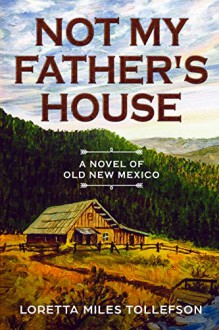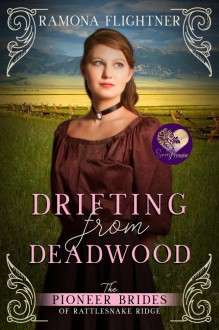
A scion of New England culture who join a new faith born from the same location, his influence upon the Seventh-day Adventist church has been profoundly positive though in his zeal to defend it has had some negative consequences. S.N. Haskell: Adventist Pioneer, Evangelist, Missionary, and Editor is Gerald Wheeler’s second book of the Adventist Pioneer series as he follows the life of Ellen White’s most ardent defender and the impact he had on the church as well as how the times he grew up and lived in influenced him.
Wheeler begins his biography of Haskell by how he married his first wife Mary who was over two decades older than he was before describing the upbringing in the small New England town that made Haskell agree to this marriage even though he was about to become a preacher. After beginning preaching, Haskell interacted with Seventh-day Adventists and investigated the Sabbath then began keeping it though it was a visit by Joseph Bates that truly converted he and his wife. Once an Adventist, Haskell through himself into everything he could within the denomination from preacher to eventually administration—serving as president of three conferences at the same time across the country at one point—as well as writing articles from various publications. Though at first opposed to the Whites, because of his own dictatorial attitude but once confronted by Ellen through of her testimonies to him that opposition changed to become Ellen’s greatest defender. Wheeler relates Haskell’s career and its impact his first marriage in which his wife stayed at home and how things changed during his second marriage to Hetty who traveled with him around the world. Wheeler also goes into Haskell’s writing, marketing, organizational, and missionary endeavors throughout the book in which like many Adventist pioneers they were jacks-of-all-trades for the denomination. Throughout the last third of the book, Wheeler relates Haskell’s defending of Ellen White’s ministry in various ways but most particularly with the “daily” controversy and W.W. Prescott whom he did not trust, but his arguments in defense of White’s ministry injected elements of Fundamentalism into the denomination that would causes issues within the denomination at the end of this life and long afterwards.
Throughout the book Wheeler emphasizes the cultural background of various regions of the United States as well as the historical events happening in the nation and other nations that Haskell did missionary service in that influenced his time there. In the chapter end notes Wheeler would list numerous books that would further inform the reader about the cultural and historical trends that not only influenced Haskell but the Seventh-day Adventist Church as a whole. While Wheeler does discuss Haskell’s distrust of W.W. Prescott and his role in the “daily” controversy as well as the implications of his arguments in opposing Prescott because he believed Prescott was undermining Ellen White, but Wheeler seemed to avoid Haskell’s character assassination of Prescott to Ellen White as written seen in Gilbert M. Valentine’s biography of Prescott.
S.N. Haskell: Adventist Pioneer, Evangelist, Missionary, and Editor not only follows a pioneer of the Adventist denomination but also the times he lived in and the social trends before and during his life that affected him and the denomination. Gerald Wheeler’s scholarship and writing style makes this another great biography in the Adventist Pioneer series that anyone interested in the history of the denomination would want to read.

 Log in with Facebook
Log in with Facebook 













